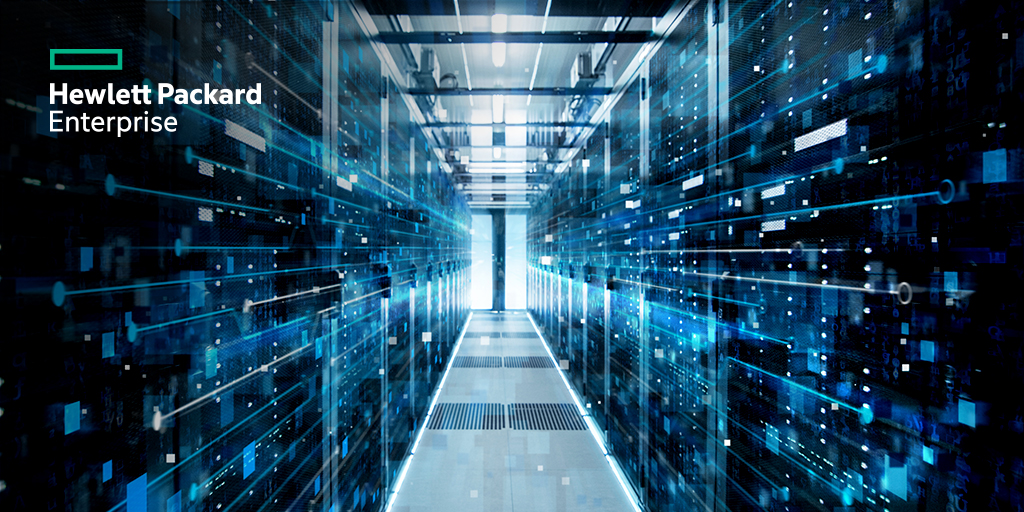
Four Tasks All SMBs Should Really Be Automating
Having a lean team can be a big boon for small businesses. The overwhelming majority of SMBs have less than 100 employees. Millions more qualify as “microbusinesses”, meaning they employ no more than nine people. Frequently, the owner of an SMB is the only one on the payroll.
Being a department of one can be great for overhead. But it can also be brutal for work-life balance.
If you’re high on ambition, but low on resources, see where it might be possible to start automating some of your workloads.
What is Workplace Automation?
According to Integromat, “In its simplest acceptance, workplace automation is the process of leveraging technology to complete tasks without human involvement.”
Typically, that means investing in a software programme to handle repetitive, lower-level tasks so you can free yourself up for more important work.
In its simplest acceptance, workplace automation is the process of leveraging technology to complete tasks without human involvement.
Hate data entry? Can’t stand to be glued to social media? Feel like you need a personal assistant just to help manage your calendar? Automation can help you outsource what you like least about your job.
No wonder 31% of businesses have automated at least one workplace process. If you want to join them, consider making one of these four tasks your jumping-off point.
Automated Marketing
It’s exceedingly difficult to land new clients and customers if no one knows who you are. But marketing yourself can be a full-time job all on its own. That’s why so many SMBs choose to automate it with social media scheduling tools, automated email drip campaigns, and solutions that monitor online mentions of their business.
Marketing automation on average drives up to 14.5% increase in sales productivity and a 12.2% reduction in marketing overhead.
How effective is it? Recent studies published by Invesp CRO show, “Marketing automation on average drives up to 14.5% increase in sales productivity and a 12.2% reduction in marketing overhead. 80% of marketing automation users saw an increase in the number of leads using marketing automation software, and 77% had an increase in conversions.”
Scheduling Software
If managing your own calendar is so labour-intensive you can’t even begin to imagine keeping up with an entire team, time to hire a scheduling tool. Many of them make booking meetings seamless and can even help with shift planning for international teams and colleagues.
The better you’re able to collaborate with stakeholders, the more friction-free your business will be. That’s where tools like direct messaging chatbots and email auto-forwarding also come in handy, ensuring no one misses anything important – even if your team of one is off.
Automatic Accounting
Who among us has time to run a business and be an accounting expert? With automated accounting tools, you can trust your tech to keep track of income and expenses until tax time.
Some software even offers users free versions of their programmes, complete with optional payroll features that can be managed from your smartphone.
Customer Service Chatbots
You don’t have to be on call 24/7 to respond to customers as though you are. Forms, emails, and chats can all be monitored via chatbot and addressed using a simple automated inquiry. This friendly, responsive message can buy you some time or even pull from appropriate pre-scripted text to engage questions and concerns in real-time.
You may also choose to put your knowledge base to work, setting up automation tools to help direct customers to existing forums, FAQs, or blog posts that could answer their questions without waiting to speak with a representative.
Automating the workplace can help you outpace the competition while preventing burnout. Just remember that even if doing more with less sounds great, be mindful that you don’t automate everything. Your organisation is only as good as the people you hire and the personal connections you make with your customers and stakeholders.












